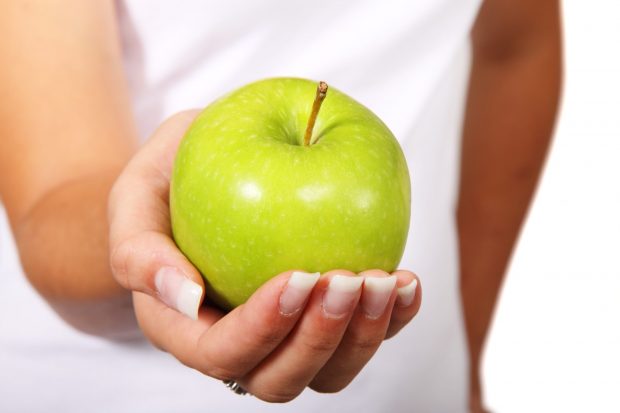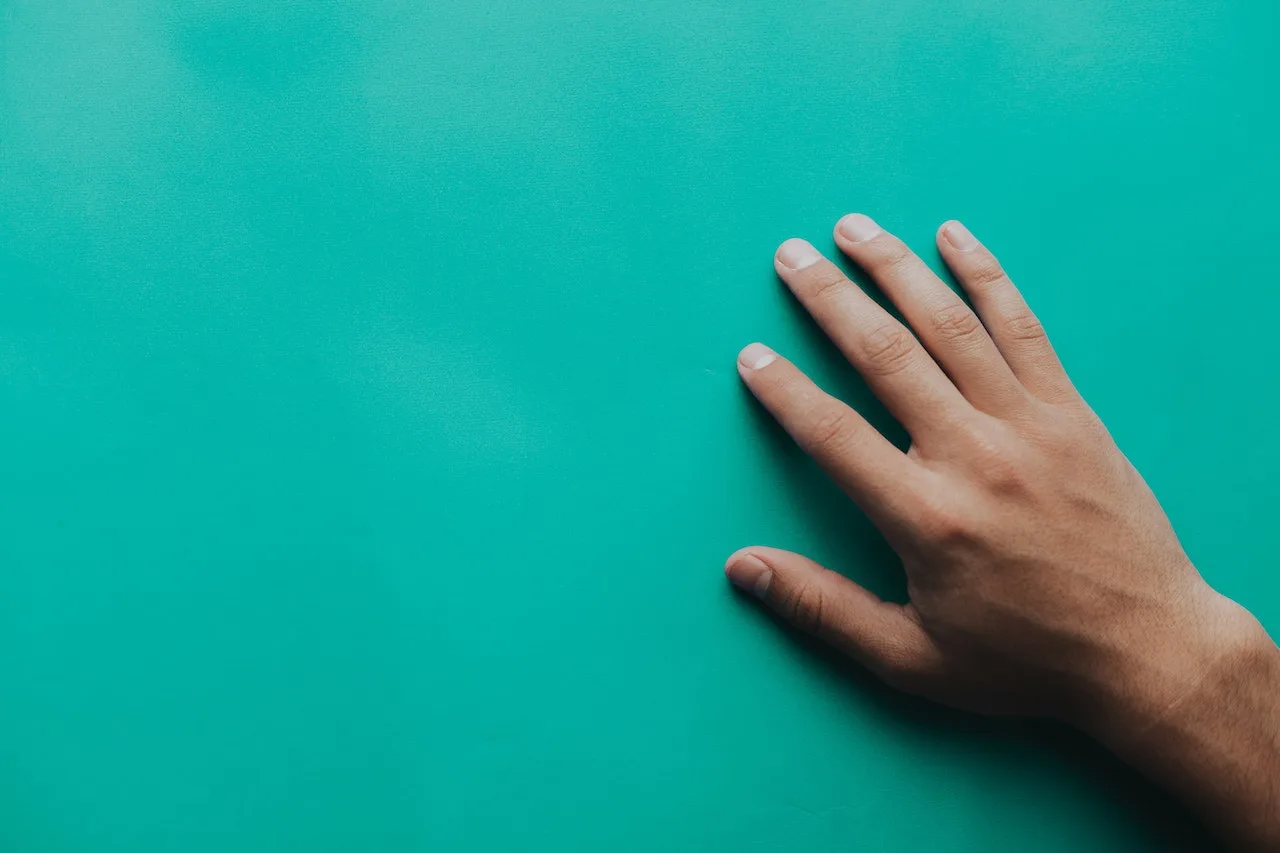When it comes to our fingers and toenails, we often pay them little to no attention-unless it’s for aesthetic purposes. Yet, like our hair and skin, our nails can provide a window into the state of our health – proving that there’s more to them than bright colors and manicures.
Healthy nails are smooth and strong, even with coloring, and free of both spots and discoloration. A change in the shape, texture, and color of our nails can reveal health issues ranging from nutrient deficiencies to cardiovascular disease.
Although not all changes could be a sign of ill health, it’s important to be aware of what a change in nail appearance could mean.
A Guide To Fingernails
Brittle nails
Brittle nails – characterized by nails that are thin, frail, crumbling, peeling, cracked, or even chipped – are typically caused by lifestyle choices or a vitamin deficiency. In the case of lifestyle, your brittle nails may be caused by you having your hands in water, your frequent use of nail polish remover as well as them being exposed to various household cleaning products.
But brittle nails can also be a sign of a thyroid disease like hypothyroidism. Hypothyroidism occurs when the thyroid isn’t producing enough of the necessary hormones that it should.
Nails can also become brittle as a result of the aging process or lack of moisture.
Blue nails
Blue nails occur as a result of oxygen deficiency. It’s caused by poor circulation to your feet, ears, and hands.
Clubbing
Clubbing is when, over a long period of time, the nails thicken and curve downwards.
This nail issue is caused by a lack of oxygen in the blood, thus it’s important that you do not ignore the state of your nails. A lack of oxygen in the blood is associated with serious health diseases like kidney disease, heart disease, inflammatory bowel disease, and even AIDS.
Dark/black discolorations
If you happen to notice black streaks or a dark mark under your nail, it’s essential that you consult a dermatologist immediately.

Dark stripes under the nail that appear to be growing are often a sign of serious skin cancer such as melanoma.
Loose nails
If your nails become loose, without injury or pressure, then it could be a result of fungal nail infection, hormonal imbalance, poor blood circulation, or hypothyroidism.
Pitting
Pitting is when your nails have depressions or dents. Unfortunately, the indentations in the nail bed are typically a sign of chronic inflammatory skin diseases like psoriasis and eczema.
Nail pitting can also occur due to a protein and iron deficiency, with the dents resulting from a lack of healthy blood flow to the nails.
Spoon nails
Like its name, spoon nails are characterized by the nails curving upwards at the edges, taking on a spoon-like appearance.
Known as koilonychia, spoon nails are frequently signs of iron deficiency (anemia), or hemochromatosis, which is a liver condition where there is excess iron being produced in your system. Spoon nails can also be signs of heart disease or hypothyroidism.
White spots
If your nails have small white spots, then there’s no need to worry, it could be a sign that your diet is lacking in proteins.
However, a sudden onset of all-white nails or white lines could be signs of kidney disease, liver disease, or other infections.
Yellow nails
Yellow nails may come as a result of aging, the use of acrylic nails or nail polish, and smoking.
In some severe cases, causes could include fungal infections, thyroid disease, diabetes, psoriasis, or chronic bronchitis.
Nail care tips
To lessen the risk of your nails changing shape or color, there are a few lifestyle habits you can adopt.
In the case that you’re an avid nail-biter, it’s important that you stop. Nail biting can lead to skin infections around your nails with symptoms such as swelling, redness, and pus.
Your diet can also affect the health of your nails. Like your hair, protein is essential for your nails’ healthy growth and maintenance. Good sources of protein include eggs, chicken breast, lean meat, beans, chickpeas, lentils, soya beans, and tofu. Furthermore, keeping hydrated is a great way to keep your nails moisturized.
Another way to keep your nails moisturized is by keeping a natural hand moisturizer by your desk, or in your bag so that you can apply it.
When doing the dishes or other household chores, be sure to wear rubber gloves. In the case of manicures and pedicures, it’s best to cut your use of nail polish, nail polish remover, and artificial nails. Some nail polish removers can dry out your nails. Also, keep your nails trimmed short and avoid picking at your cuticles. Hangnails should be clipped, not ripped off as this can damage your nail bed.
If you happen to get your nails done in the salon, check that the equipment used is sterilized, and don’t try to use artificial nails to cover up any discolorations in your actual nails as this can worsen your condition.
If you do notice any form of discoloration or change in shape, it’s important to consult your doctor as soon as possible so that they can make a proper diagnosis.
Want to know more?
Acrylic nails are the go-to for the cosmetic enhancement of nails. However, a new set of acrylic nails can have a negative impact on your health.





![women [longevity live]](https://longevitylive.com/wp-content/uploads/2020/01/photo-of-women-walking-down-the-street-1116984-100x100.jpg)









